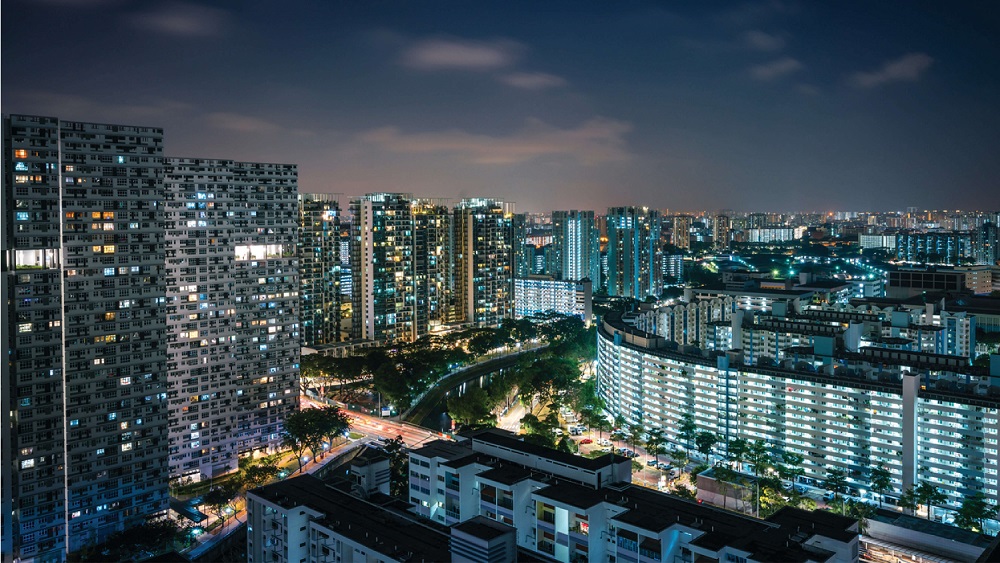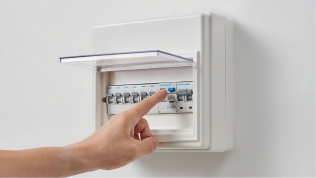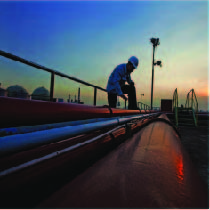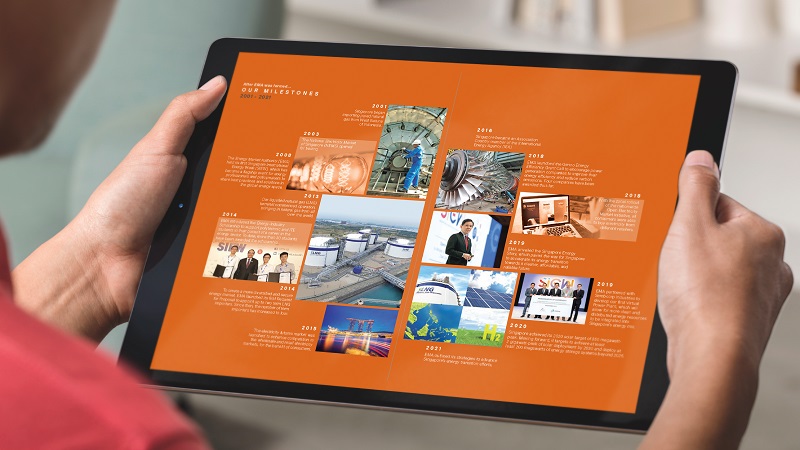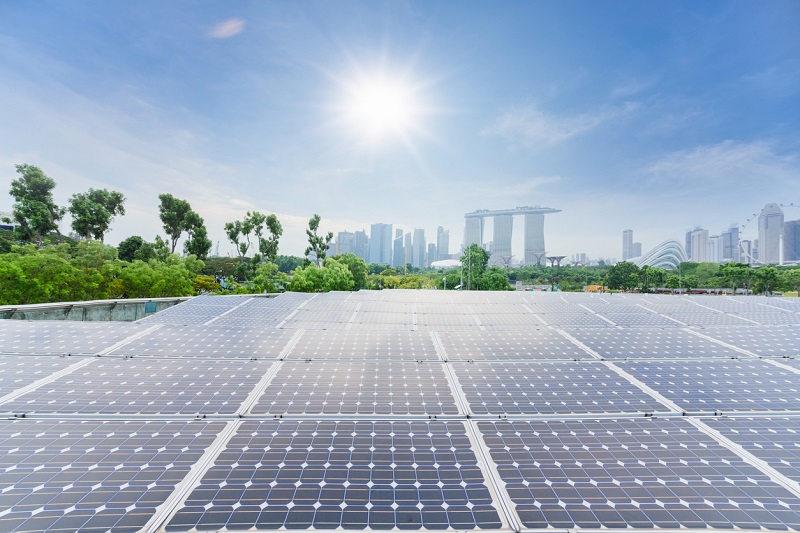For more information, please refer to:
A Singapore Government Agency WebsiteHow to identify
Official website links end with .gov.sg
Government agencies communicate via .gov.sg websites
(e.g. go.gov.sg/open).Trusted websites
Secure websites use HTTPS
Look for a lock ( )or https:// as an added precaution. Share sensitive information only on official, secure websites.
Media Releases
24 Oct 2023
- As part of Singapore's energy transition, the Energy Market Authority (EMA), together with industry partners, have embarked on digital projects to future-proof the nation's energy grid infrastructure. There has been good progress in the development of Singapore's first Grid Digital Twin and Distributed Energy Resource Management System, and they will continue to be developed over the next few years. These projects will serve to enhance the resilience and reliability of Singapore’s electricity grid and support the deployment of cleaner energy sources.
- Singapore embarked on the Grid Digital Twin in 2021 with the aim of enhancing Singapore’s grid resilience, reliability, and support the deployment of cleaner energy sources. The Grid Digital Twin, comprising two key models - Digital Asset Twin and Digital Network Twin - is a virtual replica of the physical grid network and infrastructural assets. Created in collaboration with Government agencies, industry players and academia, research and development for Singapore’s first Grid Digital Twin for the national power grid has demonstrated good progress. Digital Asset Twin
- The Digital Asset Twin is a virtual replica of SP Group’s electricity network assets. Developed by the SP Group, in collaboration with Nanyang Technological University (NTU), the Digital Asset Twin aims to enable network operators to monitor and analyse the condition and performance of grid assets, in order to mitigate potential issues. When fully developed, it is envisaged that the Digital Asset Twin will also enable informed decisions for prioritised and timely renewal and maintenance of grid assets.
- Through in-house digital development capabilities, SP Group has built the core of the asset dashboard as well as key Artificial Intelligence (AI) engines and algorithms to integrate with sensors in real time. The SP-NTU Joint Lab will provide components of an Asset Health system and cost-effective condition monitoring sensors. SP Group targets to deploy a pilot by 2025. As costs of sensors, digital and communication solutions reduce, they can potentially be applied to the large number of distribution assets, such as the 18,000 transformers across SP’s 12,000 substations. Digital Network Twin
- EMA has also collaborated with partners such as S&TPPO, A*STAR’s Institute of High Performance Computing (IHPC), and TUMCREATE to develop the Digital Network Twin within the Singapore Integrated Transport and Energy Model (SITEM). With the development of the Digital Network Twin, it enables SITEM to make use of advanced modelling and simulation software to model the impact of additional Electric Vehicle (EV) demand on the grid and identify necessary infrastructure upgrades under different scenarios. This has provided insights to EMA and SP Power Grid (SPPG) on how substation capacity could be optimised to support EV charging. The Digital Network Twin is currently undergoing the next stage of translational research and development in order to deploy the developed solutions into an end-user software solution usable by EMA by 2025. The software solution will help to assess the impact of significant demand changes expected in the distribution grid as energy sector decarbonises.
- A*STAR has also incorporated high-resolution electricity demand results obtained from the Digital Network Twin into a national-level energy systems model that aims to optimise Singapore’s long-term decarbonisation pathways. The effort has yielded positive initial outcomes through the identification of potential ways to reduce investment costs in the power sector over the next 30 years, as the nation seeks to achieve net zero emissions by 2050. EMA will also work with A*STAR and other partner agencies, through the Centre for Energy and Emissions Modelling (CE2M), to further improve long term power sector decarbonisation planning.
- Through these initiatives, Singapore will have smarter and more efficient ways of monitoring and predicting the health of the nation’s grid assets and network. In addition, the Grid Digital Twin allows for a risk-free environment to study and test different scenarios. This will help future-proof Singapore’s power grid by ensuring that it is well-equipped to manage increasing electricity demand and changes in energy supply, while maintaining reliability in grid operations.
- Distributed Energy Resources (DERs) like solar generation systems, battery Energy Storage Systems (ESS), and Electric Vehicles (EVs) are likely to proliferate in the coming decades. This is because solar power generation and battery ESS are expected to become cheaper and more efficient, given ongoing research and development efforts as well as economies of scale. As such, it is increasingly vital to ensure that Singapore’s grid infrastructure is able to support the integration and deployment of cleaner energy sources.
- To better optimise the management of small-scale DERs such as solar and EVs across the network, SPPG has embarked on pilot development for a Distributed Energy Resource Management System (DERMS). DERMS is a monitoring and control platform which aims to support SPPG’s network operators with real-time information and control capabilities to optimise DER connections.
- SP Group has carried out a proof-of-concept in 2021, to explore use cases where monitoring and control of DERs could support network operations. From this first phase, monitoring and control solutions were trialled on test setup to gain first-hand experience and identify potential applications for Singapore’s context.
- The next phase of the DERMS pilot is focused on solar forecasting and capabilities to prepare for increasing EV adoption, and will be test-bedded at selected SP substations. When fully developed, DERMS will be able to support network operators in the sustainable integration of solar and EV-related DERs into the network, while effectively managing reliability and system costs.
Grid Digital Twin
Distributed Energy Resource Management System (DERMS)
Annex A: Factsheet on Singapore National Digital Twin




